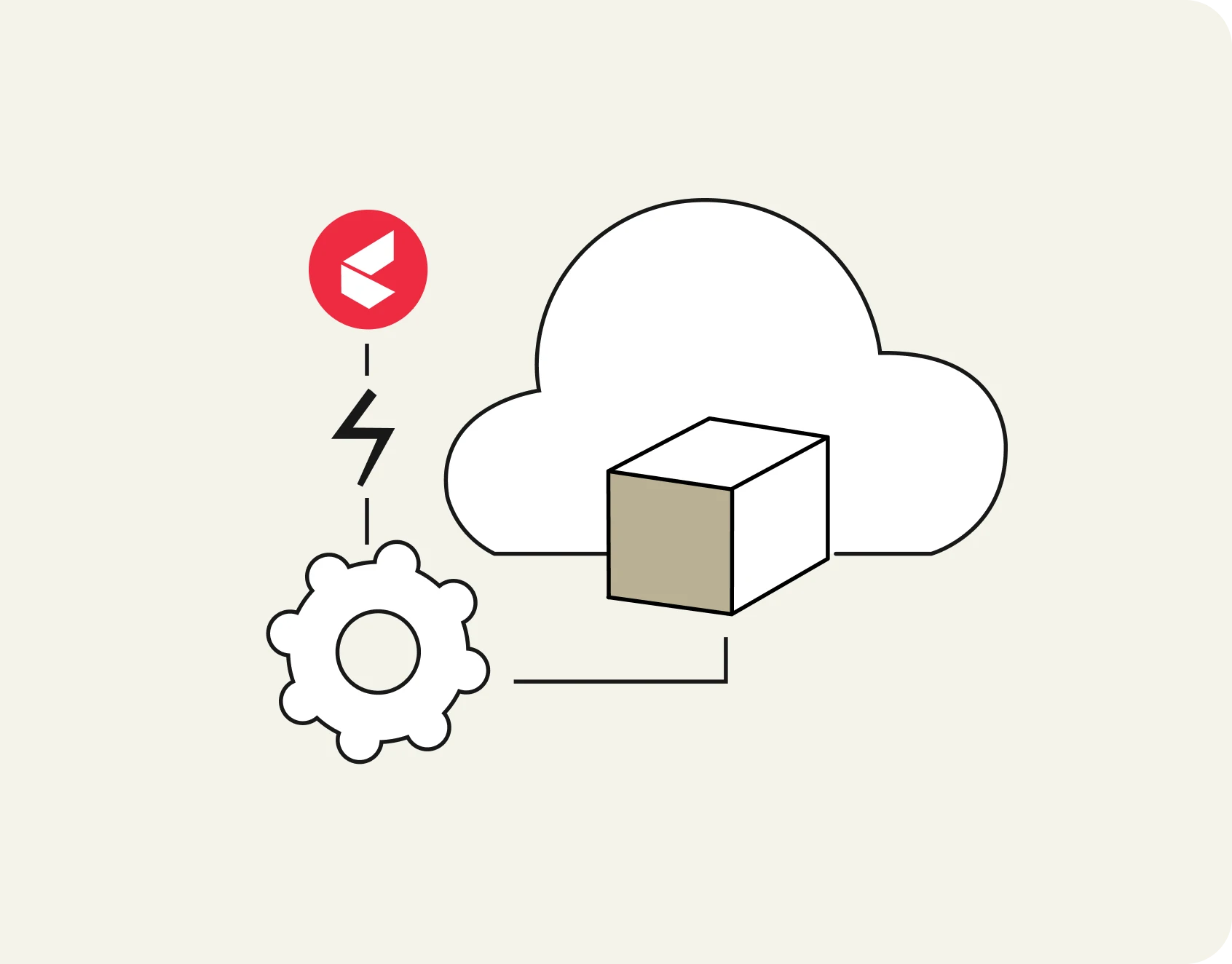In the ever-evolving landscape of cloud computing, efficiency and cost-effectiveness are paramount. At Kapture, we’ve tapped into the potential of spot instances to revolutionize the way we manage our internal developer tools, including Signoz, Selenium Grid, and CI/CD using Bitbucket runner. These tools are integral to our development process, and by embracing the inherent unpredictability of spot instances, we’ve turned potential disruptions into opportunities for innovation.
What is a Spot VM?
Spot instances are an offering from cloud service providers that allow users to bid on unused computing capacity at significantly reduced rates. Unlike reserved or on-demand instances, spot instances come with the caveat that the provider can reclaim them with minimal notice. This trade-off between cost and availability makes spot instances an ideal choice for workloads that can tolerate interruptions.
The Significance of Spot Instances for Kapture
For Kapture, the utilization of spot instances is a testament to our adaptability and forward-thinking approach. By integrating spot instances into our infrastructure, we’ve significantly reduced our computing costs without compromising the performance and reliability of our critical development tools. This strategic decision not only optimizes our resource allocation but also exemplifies our commitment to innovation and efficiency.
Cost Advantages Over Reserved and On-Demand Instances
Spot instances offer an unparalleled economic advantage, with discounts ranging from 60% to 91% off the standard on-demand rates. This stark contrast in pricing significantly undercuts the 30% to 60% savings afforded by reserved instances. By capitalizing on these steep discounts, Kapture is able to harness substantial computing power at a fraction of the cost, enabling us to allocate resources more judiciously and invest in other areas of innovation and growth.
Leveraging Spot Instances with Kubernetes
Kubernetes has been instrumental in managing our spot instances, providing a robust framework for deploying, scaling, and managing containerized applications. To enhance this integration, we’ve established a specialized node pool for spot instances, which is crucial for optimizing cost without sacrificing performance.
We’ve utilised the below command to configure the node pool within our GCP Kubernetes cluster –
gcloud container node-pools create {name of the node pool you want to choose}\
--cluster={cluster_name where you want to create the node pool} \
--machine-type={machine type - e.g. - e2-standard-4} \
--num-nodes=1 --zone={cloud zone e.g. asia-east1-c} \
--node-taints app={taint label} \
--node-labels for={node label} \
--spot
The inclusion of the –spot flag is key, as it signifies the creation of spot instances within the node pool. Spot instances, being preemptible, can be reclaimed by the cloud provider at any time, yet they offer significant cost savings. Through the strategic use of taints and node affinities, we’ve ensured that our targeted applications are precisely deployed onto these cost-effective spot node instances.
Application Areas for Spot Instances at Kapture
At Kapture, we’ve strategically deployed spot instances across various segments of our infrastructure. From supporting internal developer tools to hosting our staging and development environments, spot instances have become a cornerstone of our cloud strategy. This approach not only enhances our operational efficiency but also serves as a blueprint for cost-effective cloud management.
Strategic Approaches to Spot Instance Utilisation
Our strategy for leveraging spot instances revolves around two key principles: fault tolerance and diversification. By ensuring that our applications can withstand node failures and by distributing our workloads across different types of instances, we minimize the risk of downtime. This proactive approach guarantees that our services remain uninterrupted, even when individual spot instances are reclaimed.
Future Plans and Continued Innovation
Looking ahead, Kapture is committed to expanding the use of spot instances across our infrastructure. Our future plans include using spot instances in the production environment, through strategically shifting a portion of our production load to spot instances. This ongoing evolution reflects our dedication to leveraging cutting-edge technologies to enhance our operational capabilities.
Conclusion
The strategic deployment of spot instances at Kapture exemplifies our innovative approach to cloud infrastructure management. By embracing the dynamic nature of spot instances and integrating them seamlessly with Kubernetes, we’ve established a resilient and cost-effective computing environment. As we continue to explore new avenues for optimization and efficiency, spot instances will undoubtedly play a pivotal role in our cloud strategy.










That’s a fascinating take on handicapping! Reminds me of creatively mixing loops – like in Play Sprunki, building something unique. Intuitive tools really help unlock potential, don’t they? Great analysis!
Kingjlapp’s app is super convenient. I can play anywhere, anytime! Download it and try it! Download it here: kingjlapp
Just signed up for fun88za and things are looking good so far! The welcome bonus is pretty sweet. I suggest giving it a chance: fun88za
I conceive you have mentioned some very interesting details, appreciate it for the post.